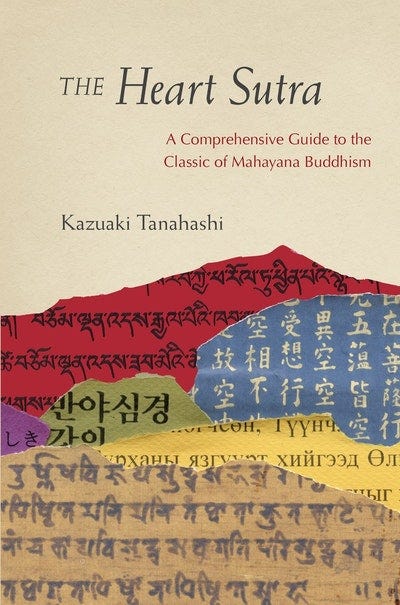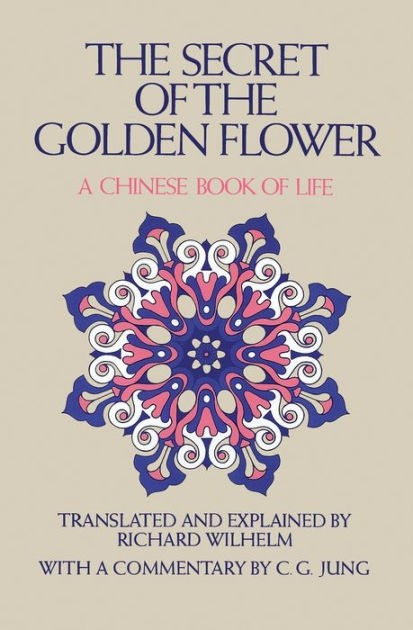The Learning Method of the Elders
Learning by Memorization and Suspension of Comprehension
Learning by Memorization and Suspension of Comprehension appears antiquated, contradicting modern educational values. Today's educational landscape prioritizes swift understanding and mastery of fundamental principles. We're encouraged to dissect information, analyze its components, and rapidly grasp its essence. Critical thinking is crucial when encountering new information.
In my experience teaching Mathematics and Computer Science, I advocated for an education approach that emphasized understanding first principles and applying them. I supported open-book exams and reasoning-based questions, challenging the reliance on rote memorization.
However, I soon realized that there are alternative learning methods which are better suited for grasping complex, multifaceted, and nuanced concepts like happiness, goodness, truth, beauty, compassion, intelligence, meaning, justice, and consciousness. These concepts resist clear definitions and are open to various interpretations.
Mathematical concepts, such as Grothendieck's fiber bundles or topoi, can be equally challenging, but they are well-defined and lack the ambiguity inherent in spiritual and philosophical concepts. While intuitions about fiber bundles or topoi may vary due to individual experiences, their definitions are comprehensive and unambiguous.
In contrast, complex spiritual and philosophical concepts can never be fully defined, and our understanding of them is always incomplete. We may learn various aspects of these concepts, but their essence transcends intellectual comprehension, incorporating emotions, feelings, and direct experience.
To maintain brevity, I will refer to these intricate concepts that cannot be fully articulated as 'transcendental concepts' (using the common understanding of the term, not Kant's interpretation).
The notion of concepts (Begriffe) as functions, in the way Gottlob Frege conceived, and his differentiation between sense and reference, will not be addressed in this discussion.
Personally, I encountered the challenge of grasping transcendental concepts while reading and attempting to comprehend ancient scriptures, including Buddhist and Taoist texts such as the Dao De Jing, The Secret of the Golden Flower, The Dhammapada, The Heart Sutra (Prajñāpāramitā), and Thich Nhat Hanh's Understanding the Mind.
Coming from a background in Science and Mathematics, grasping the concept of Tao or the phrase
"Form is emptiness, emptiness is form."
presented an entirely new adventure.
While reading commentaries can be helpful at times, this is not always so. Commentaries can introduce the complexity of differing viewpoints.
Seeking advice from gurus often leads to vague guidance, akin to cryptic koans. It seems that true understanding must be attained personally; teachers can merely guide us to a path that we must walk alone.
Indeed, the Buddha used the term 'Ehipassiko' (come and see for yourself) to invite people to explore his teachings through personal inquiry and direct experience, rather than accepting them on blind faith or authority.
And then it became clear to me that that’s how the learning method of the Elders works. Thich Nhat Hanh in his book “Understanding Mind”, recalls how he at a young age tried to read "Forty Verses on the Nature of Consciousness" (Citta-prakrti-catustika) by Vasubandhu. This text, while shorter than the Abhidharmakośa-bhāṣya, still presents a complex and nuanced exploration of the nature of consciousness.
Thich Nhat Hanh spoke about the importance of memorization as a foundational step in learning. He believed that even without immediate comprehension, the act of memorizing scriptures and teachings allows them to seep into our consciousness, planting seeds that can blossom into understanding later. As he eloquently stated,
"In the beginning, understanding is not required. First, you memorize, and later you will understand."
This approach might seem counterintuitive in a world that prizes immediate comprehension, but it echoes the ancient tradition of oral transmission, where knowledge was preserved and passed down through generations by memorizing vast amounts of text.
Similarly, Mingyur Rinpoche, a Tibetan Buddhist master known for his teachings on meditation and mindfulness, shared his experience of learning complex scriptures at a young age. He recounted how he memorized extensive texts without always grasping their meaning, trusting that understanding would emerge in time. In his book "The Joy of Living," he writes,
"At first, I didn’t understand the meaning of many of the texts I was memorizing, but my father told me not to worry, saying, 'Just memorize them. The meaning will come later.'"
This emphasis on memorization and repetition might seem archaic in the context of modern education, which often prioritizes critical thinking and analysis. However, the elders' method serves a crucial purpose. It allows learners to internalize the teachings, creating a deep reservoir of knowledge that can be drawn upon for contemplation and application in daily life.
Mingyur Rinpoche exemplified the development of concepts by integrating Buddhist insights with neuroscience, which he studied later in life.
The memorized text serves as a long-term attention mechanism, to be retrieved whenever we try to enact them in daily life, which can lead to deeper understanding and perhaps wisdom. We need sometimes to suspend comprehension, and approach understanding as a long game.
This contemplative approach contrasts with modern learning methods that often prioritize the rapid acquisition of knowledge and its immediate application. While valuable in many contexts, this approach can sometimes lead to a superficial understanding that lacks depth and integration. The elders' method, on the other hand, encourages a more gradual and holistic approach, allowing learners to connect with the teachings on a personal level and integrate them into their lives.
For example, learning about compassion through the elders' method might involve not just reading about its importance but also practicing acts of kindness and reflecting on their impact on oneself and others. This experiential learning, coupled with contemplation, can foster a deeper and more embodied understanding of compassion than simply studying its theoretical definition.
The elders' method of learning offers valuable lessons for our modern world. It reminds us of the importance of patience, perseverance, and the transformative power of contemplation. It encourages us to move beyond the pursuit of mere information and embrace a deeper, more holistic approach to learning that integrates knowledge, experience, and reflection.
While the modern emphasis on understanding and first principles is undoubtedly valuable, particularly in fields like science and technology, the ancient wisdom of the elders offers a complementary approach that can enrich our understanding of ourselves, our relationships, and the world around us. By embracing both methods, we can cultivate a more balanced and integrated approach to learning, one that honors both the intellectual rigor of modern education and the profound wisdom of the ancient traditions.
Ultimately, the goal of learning, whether through modern or ancient methods, is to cultivate wisdom, compassion, and a deeper understanding of ourselves and the world around us. By embracing the diverse approaches available to us, we can embark on a lifelong journey of learning and growth, drawing upon the wisdom of the elders and the innovations of the modern world to create a more compassionate and enlightened future.




